Anatolian Weights and Measures Collection is one of the three main collection fields of Suna and Inan Kıraç Foundation. The collection includes all the foremost weights and measurement instruments used in Anatolia for nearly four thousand years since the second millennium BC, and is regarded as one on the leading collections of the field. Among the objects of the collection are weighing and measuring tools used in a variety of fields ranging from land measurement to commerce, and by various professionals including architects, moneychangers, mariners and pharmacists. The collection is a scientific resource that illustrates the systematic relations between periods and cultures, as well as transformations and continuities.
A broad selection from the collection is exhibited in chronological order, shedding light on this exciting aspect of the history of science and culture in Anatolia and offering a fresh look at the long history of commercial practices based on weights and measures used.
3D Virtual Tour
Exhibition Catalogue
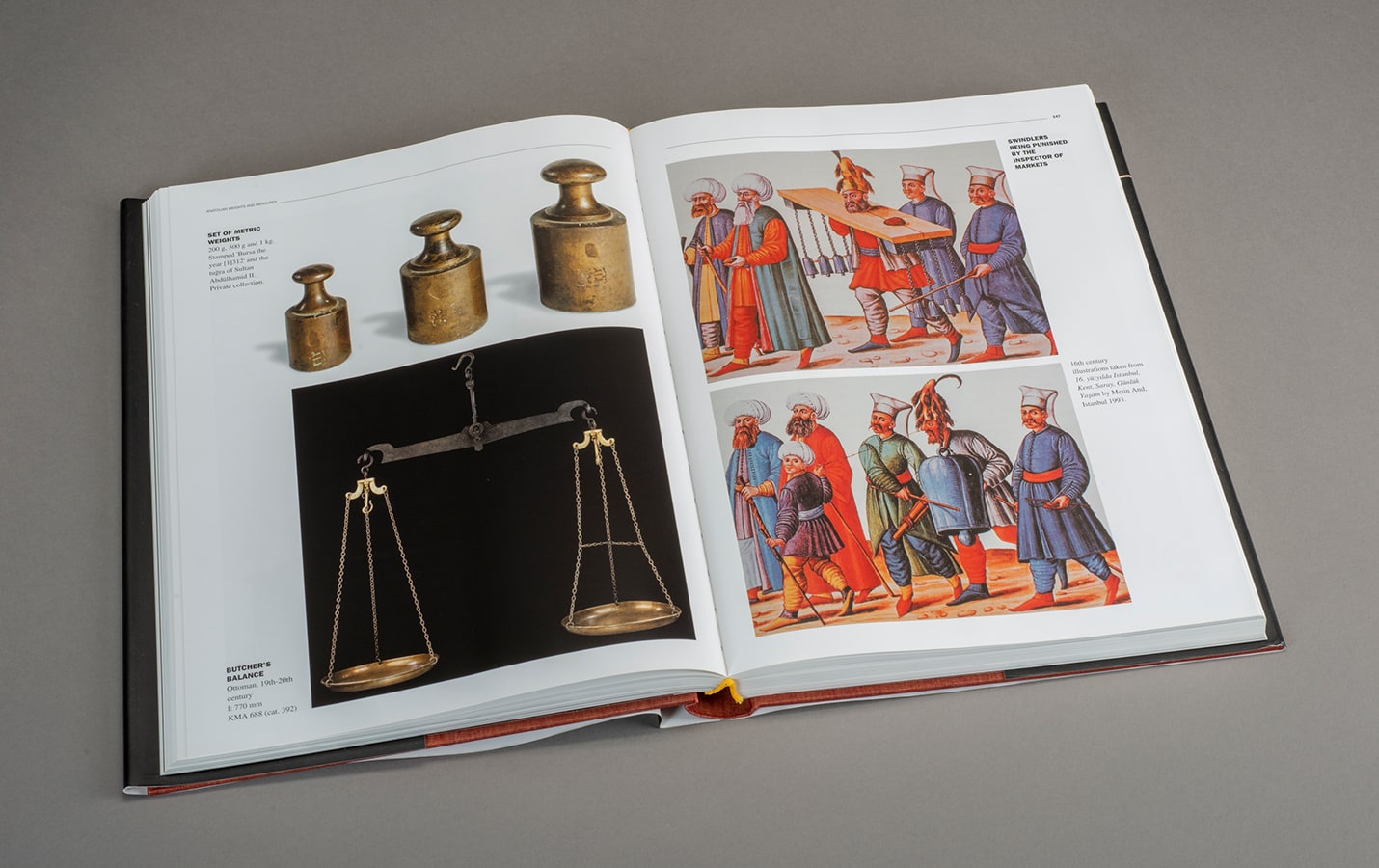

In the second speech of the series, Prof. İlknur Taş will explain, to the extent allowed by the modern concepts we use to perceive our world, the measures and measurements used by the Hittite State and the mathematical concepts that ultimately emerged.

The third talk of the series will explore Roman merchants and bankers’ commercial and financial activities, organizations, and relations with local communities in the province of Asia during the Late Republic and Roman Empire, in light of historical, epigraphical and archeological sources.

Based on the relationship between money and weight measures in Byzantium, this talk aims to examine the weighing devices produced in the 4th-7th century from the perspective of imperial ideology and the state control mechanism, in order to place them within the context of their use.
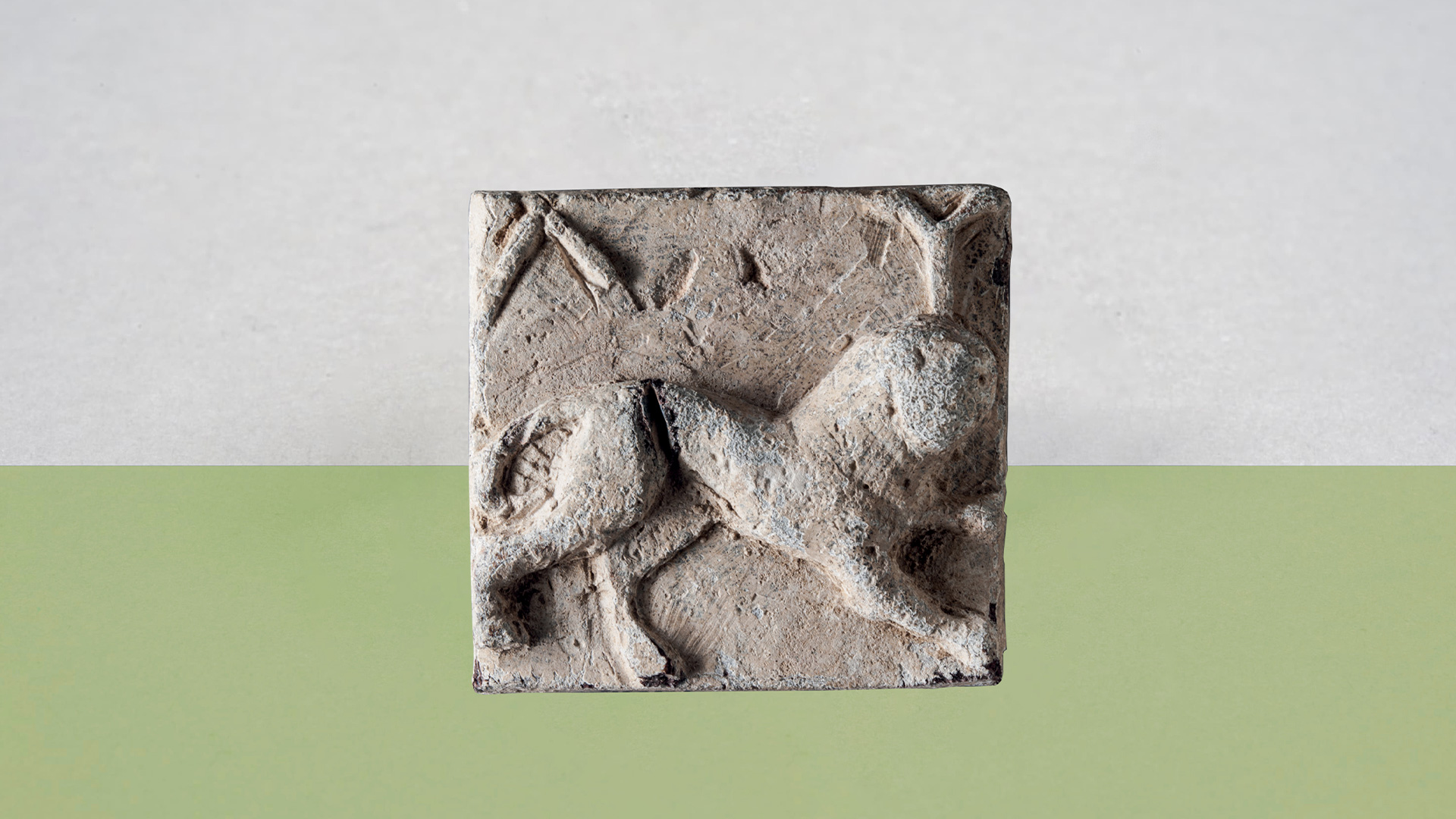
The discussions focus on the marketplaces in the city-states of Anatolia, which were the prominent locations of trade or daily shopping during the Classical, Hellenistic and the Roman Imperial period, and offer a closer look at the goods, scales, weights and coins used in these marketplaces.

In collaboration with the Koç University Suna & İnan Kıraç Research Center for Mediterranean Civilizations (AKMED) and the Istanbul Research Institute, the Suna and İnan Kıraç Foundation Pera Museum presents the Late Roman and Byzantine Coins Seminar for undergraduate and graduate students as part of its Anatolian Weights and Measures Collection. The interdisciplinary seminar aims to equip young researchers working on the history and culture of the Late Roman and Byzantine periods with the necessary theoretical and practical knowledge of numismatics.

The program, which embraces an interdisciplinary perspective to explore the topics of weights and measures often overlooked in the studies on epigraphy, is designed to provide young researchers working on Ancient History and archaeology with the necessary theoretical and practical foundation.
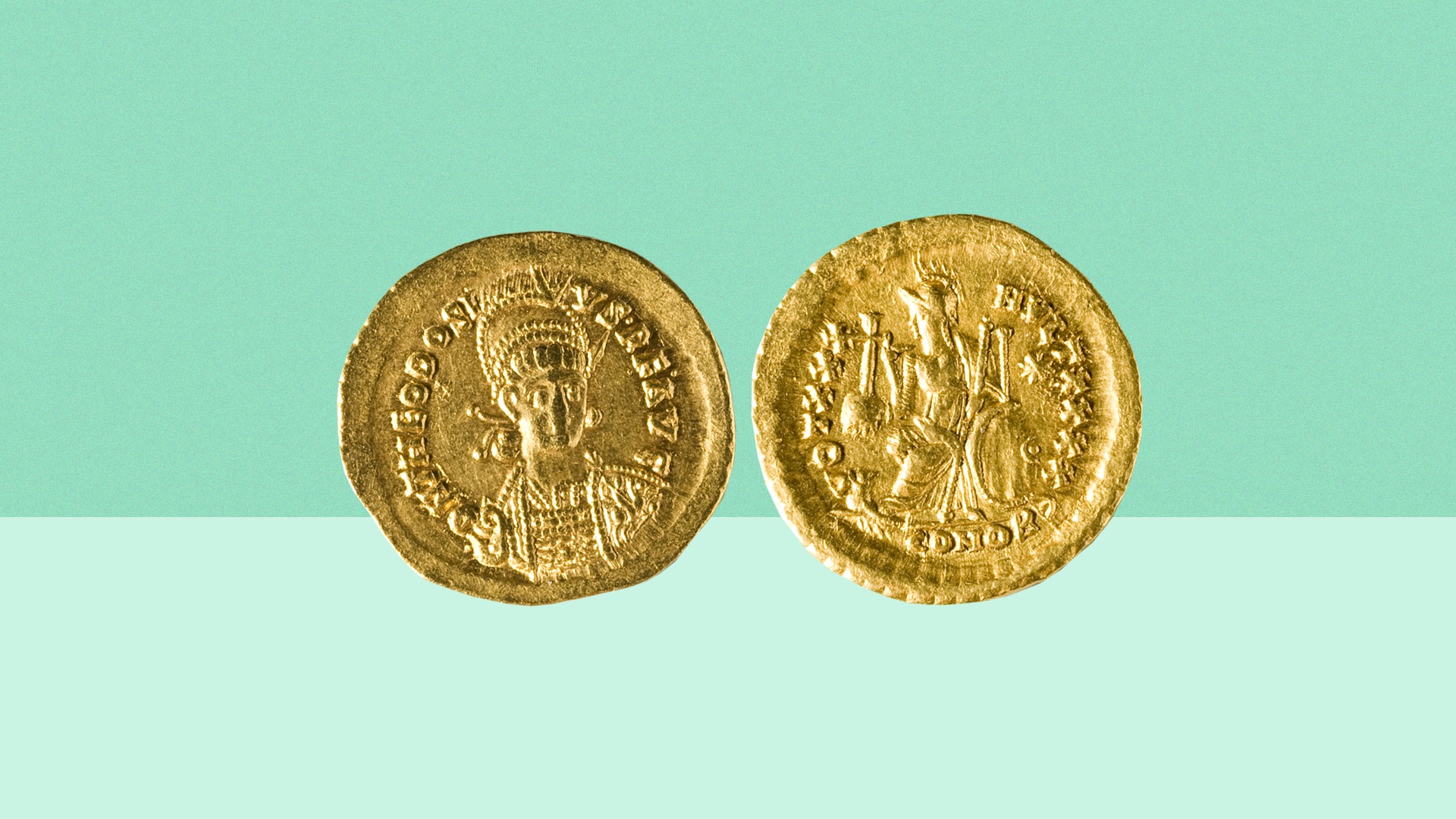
The seminar, which adopts an interdisciplinary approach to the science of numismatics, aims to provide theoretical and practical skills for young researchers working on the archaeology, history, art, and culture of the Late Roman and Early Byzantine periods.
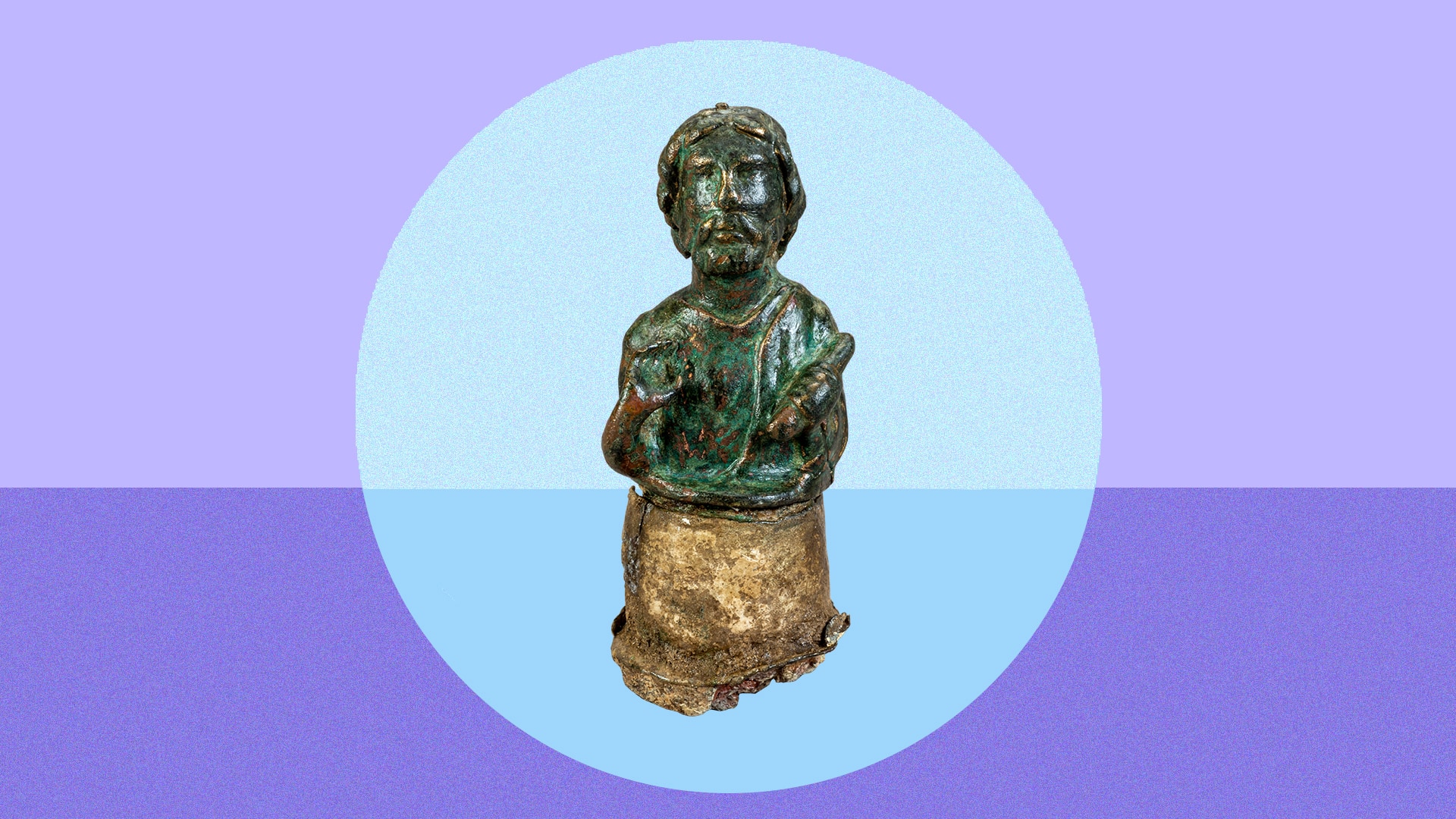
The guided tour explores the Art of Weights and Measures exhibition from a thematic perspective. The tour examines Anatolia's social and economic history spanning four millennia through metaphors shaped around the concepts of weights and measures. Through the exhibited artefacts, participants will have the opportunity to experience the development of these concepts across Mesopotamia, Anatolia, Egypt, the Aegean, and the Mediterranean regions.
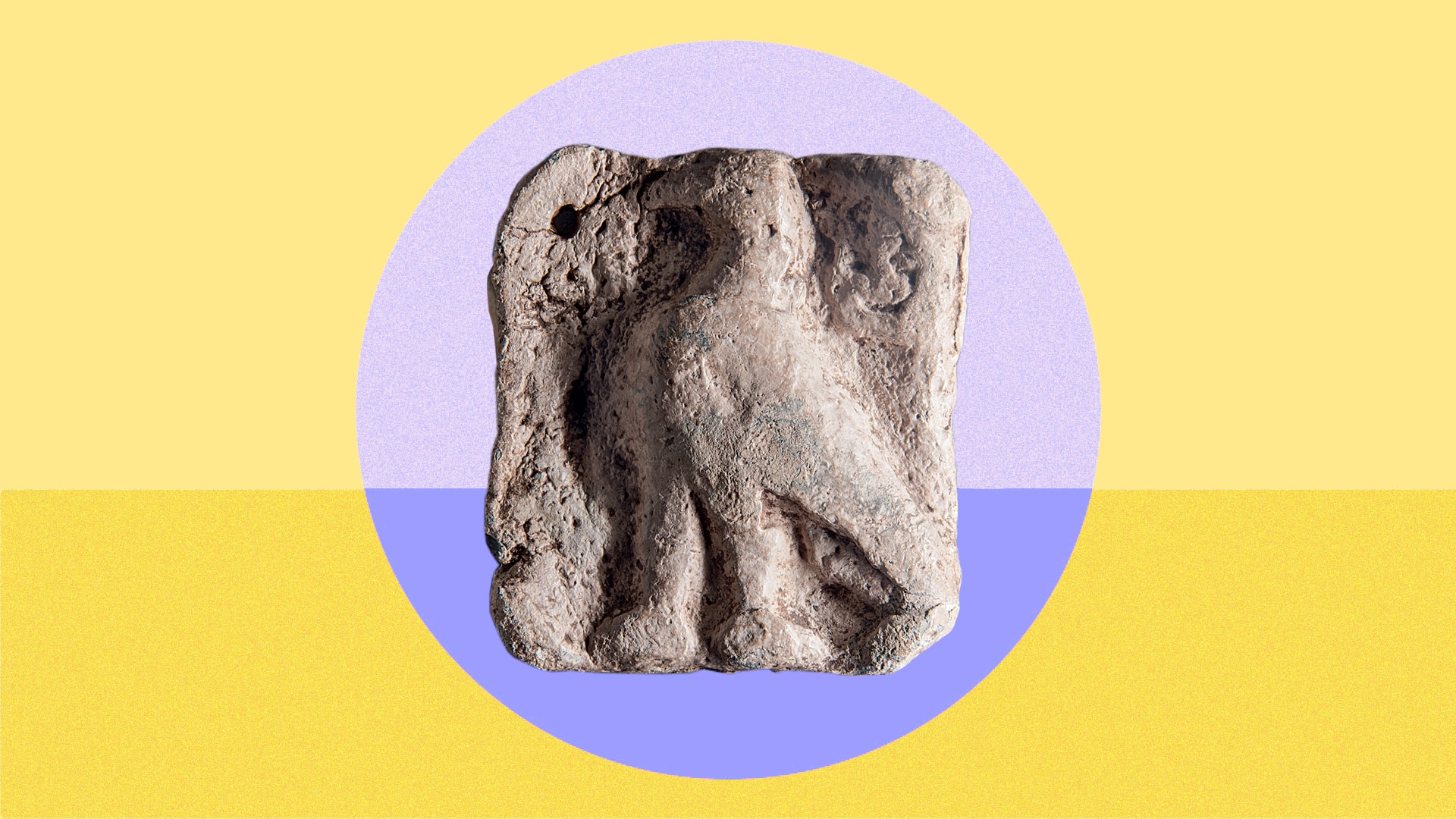
Egyptians weighed the goods on their scales and people’s sins. To the Egyptians, the heart was the source of human wisdom and the centre of emotions and memory. In the rite of the weighing of the heart, the deceased's heart was weighed on the scale against the feather of the goddess Maat, who personified order and truth.
Video

In a bid to review the International System of Units (SI), the International Bureau of Weights and Measures gathered at the 26th General Conference on Weights and Measures on November 16, 2018. Sixty member states have voted for changing four out of seven basic units of measurement. The kilogram is among the modified. Before describing the key points, let us have a closer look into the kilogram and its history.

He didn’t expect this from me. And I hadn’t expected that we would decide to get married that day, at that moment. Everything happened all of a sudden, but exactly like it was supposed to happen in our day. We thought of the idea of marriage simultaneously, we smiled simultaneously, blinking and opening our eyes in unison.

When regarding the paintings of Istanbul by western painters, Golden Horn has a distinctive place and value. This body of water that separates the Topkapı Palace and the Historical Peninsula, in which monumental edifices are located, from Galata, where westerners and foreign embassies dwell, is as though an interpenetrating boundary.
Tuesday - Saturday 10:00 - 19:00
Friday 10:00 - 22:00
Sunday 12:00 - 18:00
The museum is closed on Mondays.
On Wednesdays, the students can
visit the museum free of admission.
Full ticket: 300 TL
Discounted: 150 TL
Groups: 200 TL (minimum 10 people)